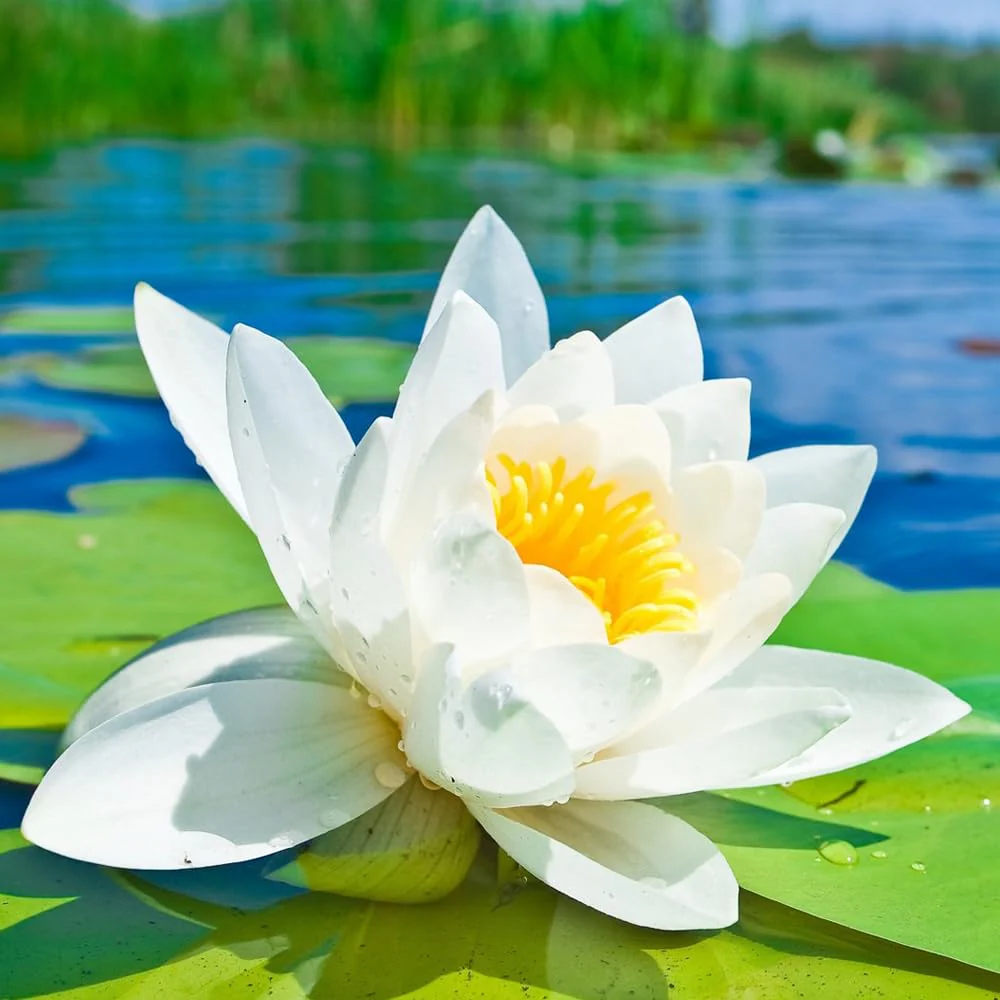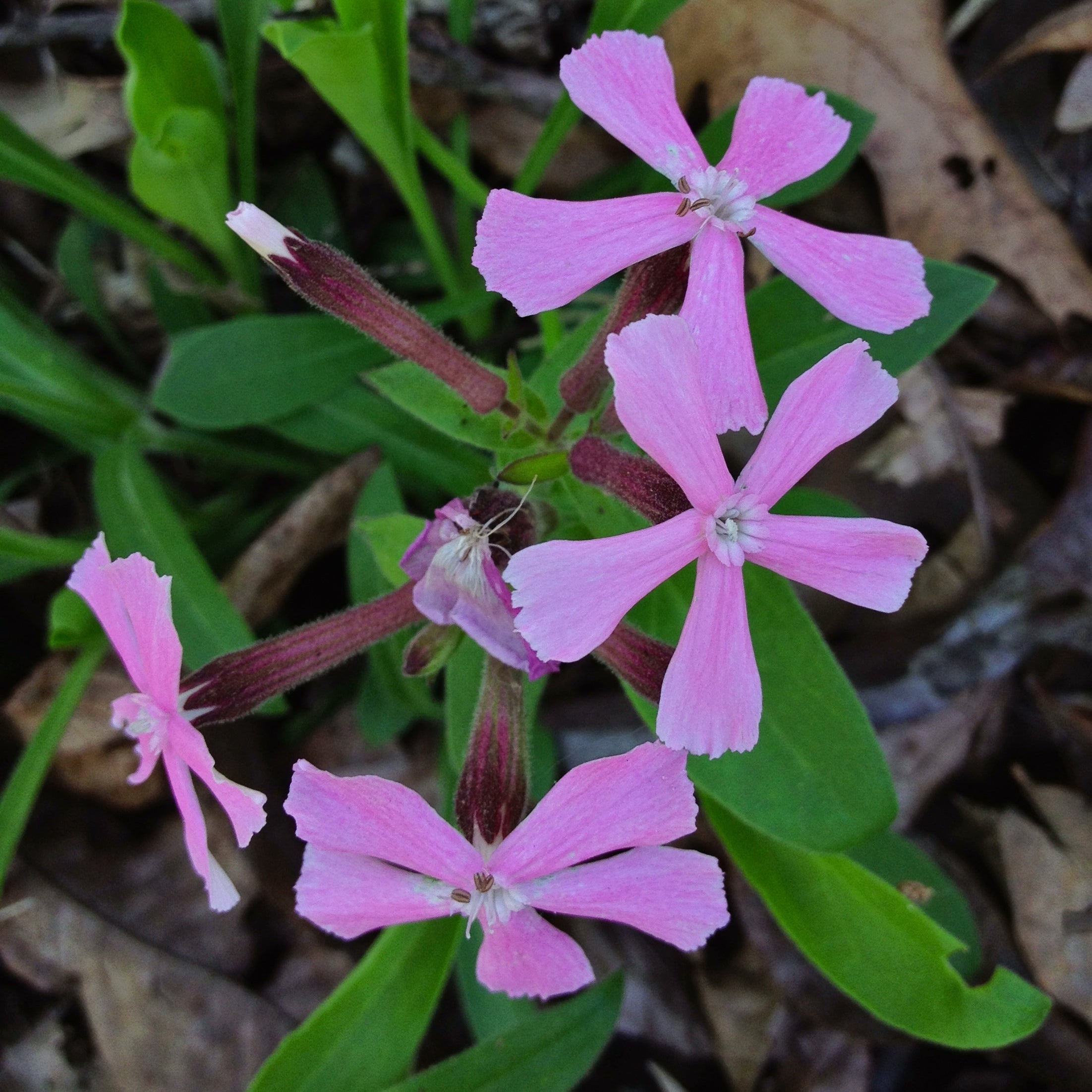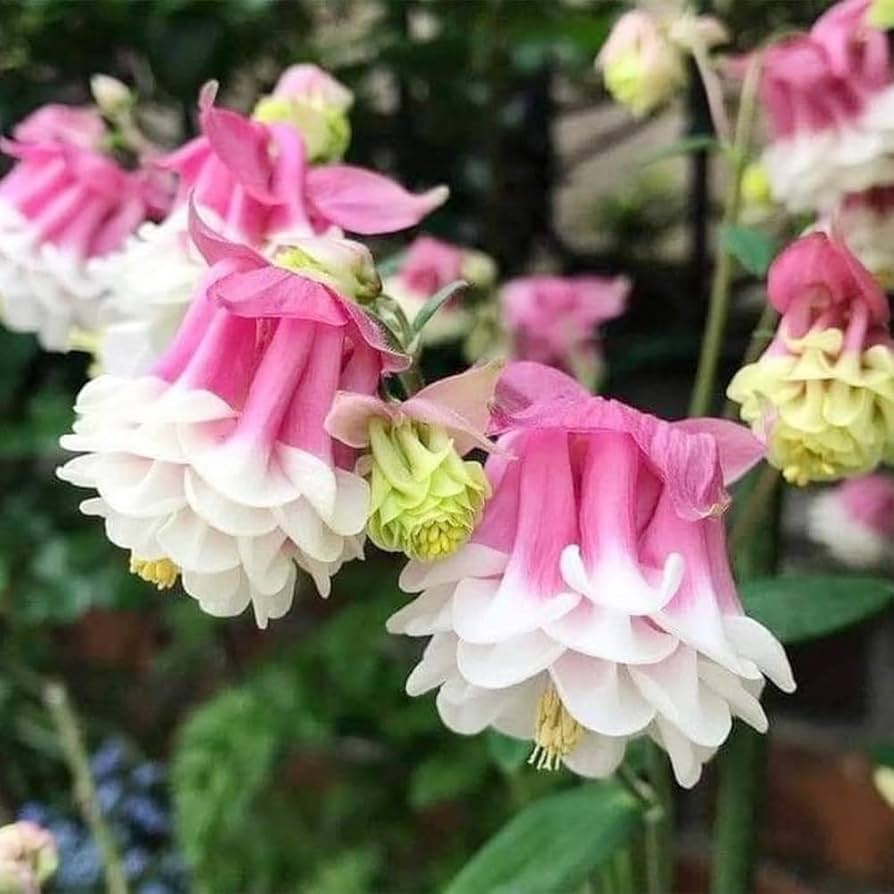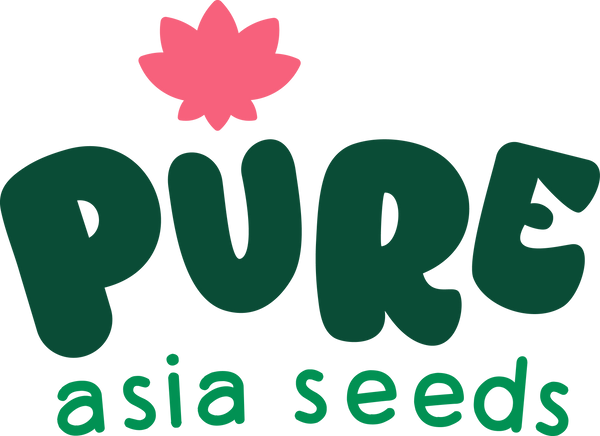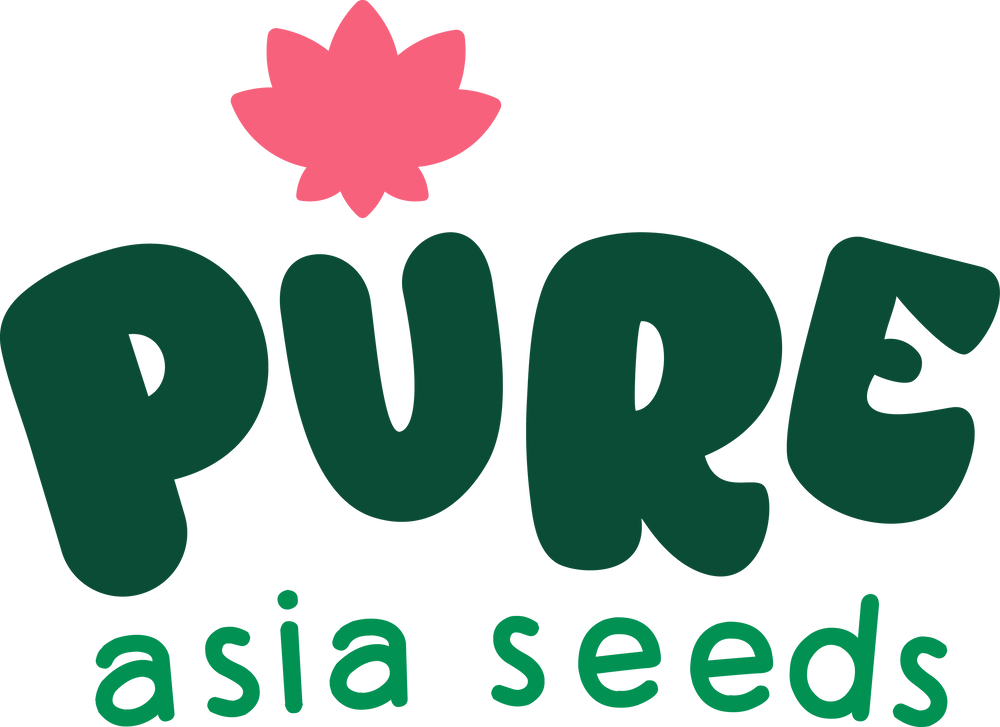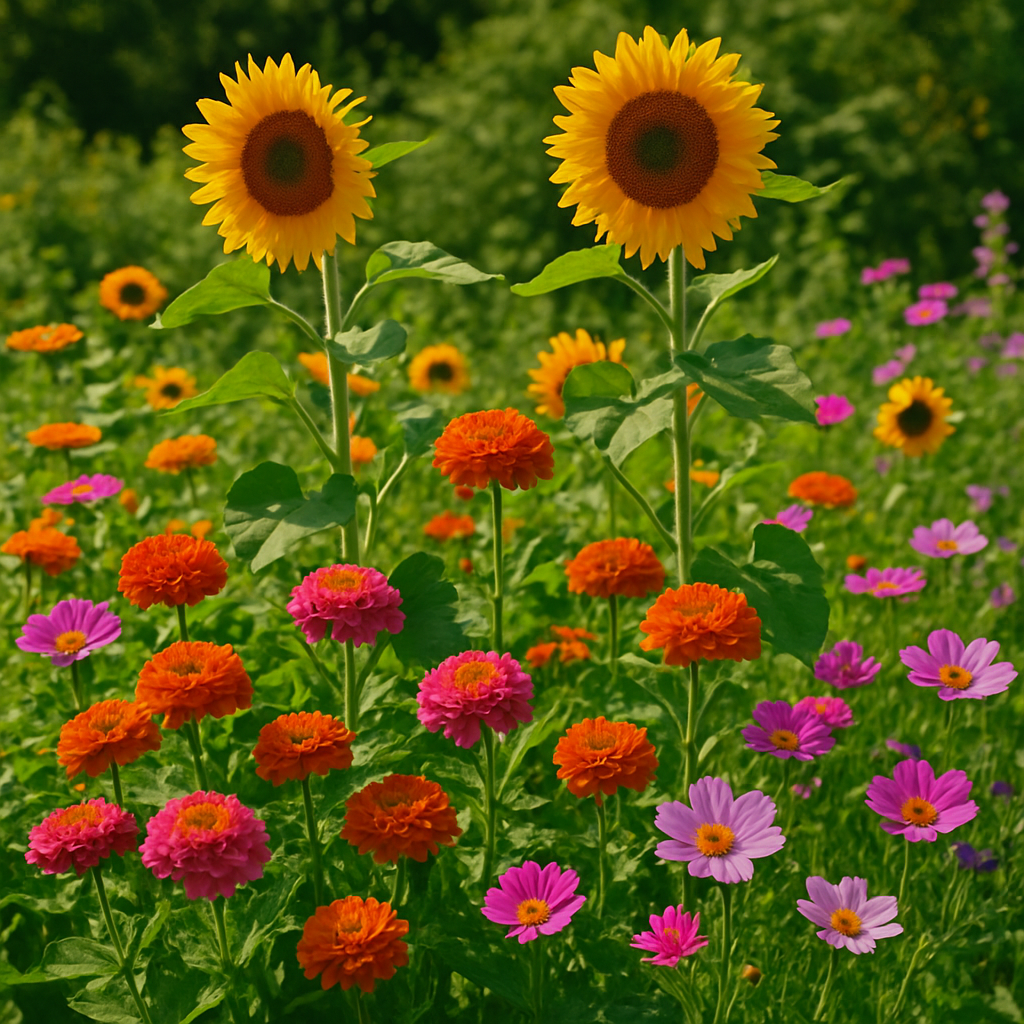Starting a flower garden from scratch is both a relaxing hobby and a rewarding way to bring natural beauty into your surroundings. Whether you have a small balcony or a large backyard, growing flowers using organic seeds ensures a healthier environment for pollinators, your soil, and yourself. This beginner-friendly guide walks you through everything you need to know about how to start a flower garden using organic seeds.

Why Choose Organic Flower Seeds?
Organic flower seeds are harvested from plants grown without synthetic pesticides, herbicides, or chemical fertilizers. Choosing organic ensures:
-
Chemical-free blooms
-
Healthier soil and biodiversity
-
Safer environments for bees, butterflies, and beneficial insects
-
Sustainable gardening practices
At PureAsiaSeeds.com, we offer a curated collection of non-GMO organic flower seeds to help you grow naturally from the start.
Step 1: Choose the Right Spot
Select a location that suits the needs of most flowering plants:
-
Full Sun: Most flowers thrive with 6–8 hours of direct sunlight.
-
Good Drainage: Avoid spots where water collects.
-
Shelter from Wind: Some delicate blooms benefit from light protection.
Container gardens and raised beds also work well for compact spaces.
Step 2: Select the Right Organic Flower Seeds
Different flowers suit different climates and seasons. Choose seeds based on:
-
Growing season: Cool-season vs warm-season flowers
-
Color and height preferences
-
Purpose: Pollinator-friendly, edible flowers, or fragrant varieties

Easy organic flowers for beginners:
-
Marigolds
-
Zinnias
-
Calendula
-
Cosmos
-
Nasturtiums
-
Sunflowers
-
Phlox
These varieties germinate quickly and are ideal for first-time growers.
Step 3: Prepare Your Soil
Healthy soil is the foundation of organic flower gardening. Follow these steps:
-
Loosen the soil to a depth of 8–10 inches using a garden fork
-
Mix in organic compost or well-rotted manure
-
Check pH levels if needed (most flowers prefer a pH of 6.0 to 7.0)
-
Remove weeds and debris
Tip: In containers, use organic potting mix that offers drainage and aeration.
Step 4: Sow the Seeds
-
Read the instructions on each seed packet
-
Some seeds prefer direct sowing; others benefit from indoor starting
-
Plant at the depth specified, usually 2–3 times the diameter of the seed
-
Water gently after sowing
For indoor starts, use seed trays and place them in a sunny windowsill or under grow lights.
Step 5: Water and Care
-
Keep the soil consistently moist (not soggy) until seeds germinate
-
Once seedlings appear, thin them out to avoid overcrowding
-
Apply organic mulch to retain moisture and suppress weeds
-
Watch for pests and use natural solutions like neem oil or insecticidal soap if needed

Step 6: Support Growth and Bloom
-
Fertilize every 3–4 weeks with organic flower fertilizer or compost tea
-
Deadhead spent blooms to encourage continuous flowering
-
Stake tall flowers to prevent drooping
-
Regularly monitor plant health and spacing
Final Thoughts
Starting a flower garden from organic seeds brings natural color, fragrance, and life into your garden space without the need for harmful chemicals. From zinnias to sunflowers, organic blooms are a gift to your environment, your health, and future generations of pollinators.
Browse premium organic flower seeds at PureAsiaSeeds.com and begin planting a garden that blossoms beautifully and sustainably.

